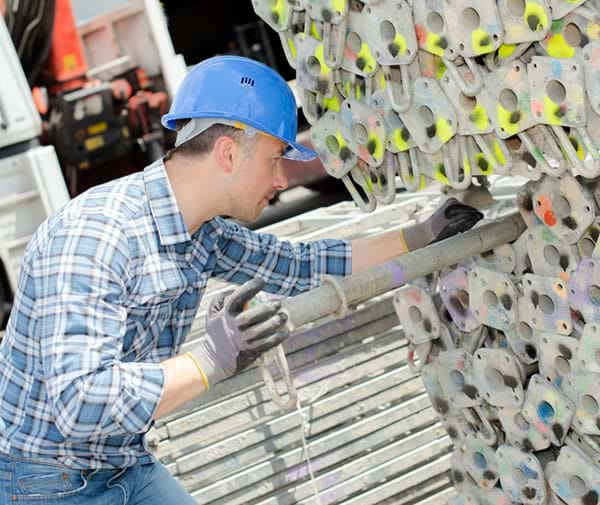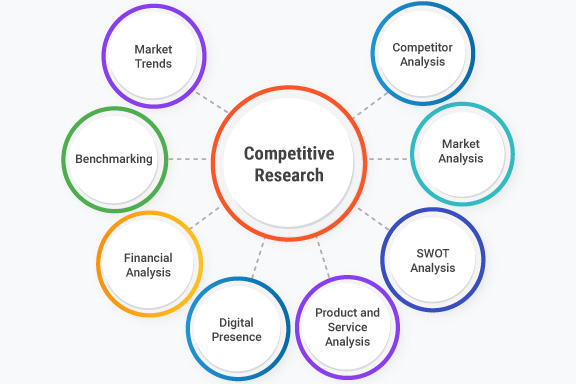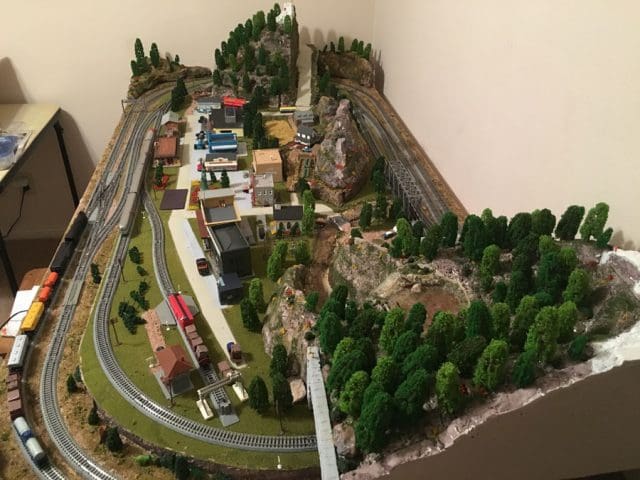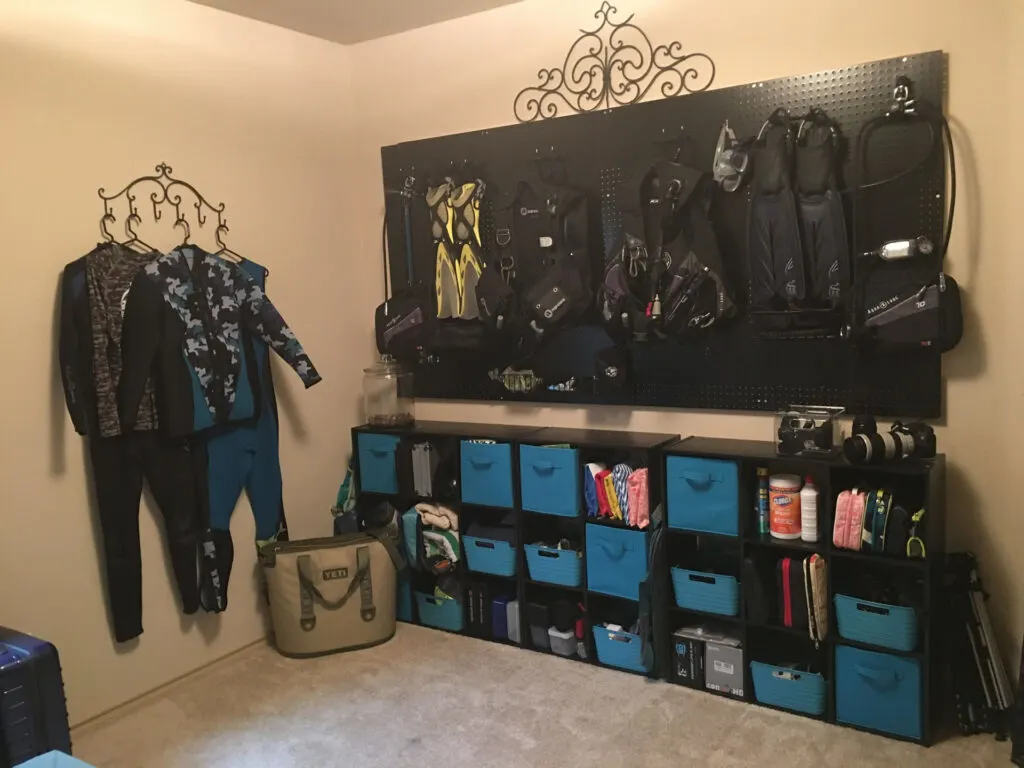Image Source: Google
In the construction industry, scaffolding contractors play a crucial role in providing the necessary support structures for workers to safely access and work on building projects. However, working with scaffolding comes with its own unique set of risks and challenges. To protect themselves, their workers, and their business, scaffolding contractors must have comprehensive insurance coverage. In this article, we will discuss the importance of insurance for scaffolding contractors and why having the right coverage is essential for building confidence in their work.
The Risks of Working as a Scaffolding Contractor
1. Height-Related Risks
- Working at significant heights poses a considerable risk of falls and other accidents for scaffolding contractors and their workers.
- Even with safety measures in place, accidents can still occur, leading to injuries and potential liability issues.
2. Property Damage
- Scaffolding structures, if not properly installed or maintained, can cause damage to the property they are being used on.
- Property damage claims can result in significant financial losses for scaffolding contractors if they do not have the appropriate insurance coverage.
3. Third-Party Liability
- If a scaffolding contractor's work causes damage to third-party property or injures a third party, they could face legal action and liability claims.
- Having insurance coverage can protect scaffolding contractors from the financial repercussions of third-party liability claims.
The Importance of Comprehensive Insurance Coverage
Given the unique risks and challenges faced by scaffolding contractors, having comprehensive insurance coverage is essential for protecting their business and reputation. Here are some reasons why scaffolding contractors need comprehensive insurance:
1. Financial Protection
- Comprehensive insurance coverage can provide financial protection in the event of accidents, injuries, property damage, or liability claims.
- Without insurance, scaffolding contractors could be held personally liable for costly damages and legal expenses.
2. Legal Compliance
- Many construction projects require scaffolding contractors to have insurance coverage as part of their contractual obligations.
- Having the right insurance coverage ensures that scaffolding contractors are in compliance with legal and contractual requirements.
3. Peace of Mind
- Knowing that they are adequately covered by insurance can give scaffolding contractors peace of mind and confidence in their work.
- With insurance, scaffolding contractors can focus on their projects without worrying about potential risks and liabilities.
Types of Insurance Coverage for Scaffolding Contractors
There are several types of insurance coverage that scaffolding contractors should consider to ensure comprehensive protection for themselves and their business:
1. Public Liability Insurance
- Provides coverage for third-party property damage and bodily injury claims.
- Essential for protecting scaffolding contractors from legal liabilities arising from their work.
2. Employers' Liability Insurance
- Required by law for businesses with employees.
- Provides coverage for employees who are injured or become ill as a result of their work.
3. Contractors' All Risks Insurance
- Covers loss or damage to scaffolding structures, tools, and equipment during construction projects.
- Provides financial protection against unforeseen events that could impact the project.
Conclusion
As scaffolding contractors play a vital role in the construction industry, it is crucial for them to prioritize their safety, well-being, and financial security. Comprehensive insurance coverage offers scaffolding contractors the protection and peace of mind they need to confidently carry out their work without fear of potential risks and liabilities. By investing in the right insurance coverage, scaffolding contractors can build confidence in their business and focus on delivering quality services to their clients.








